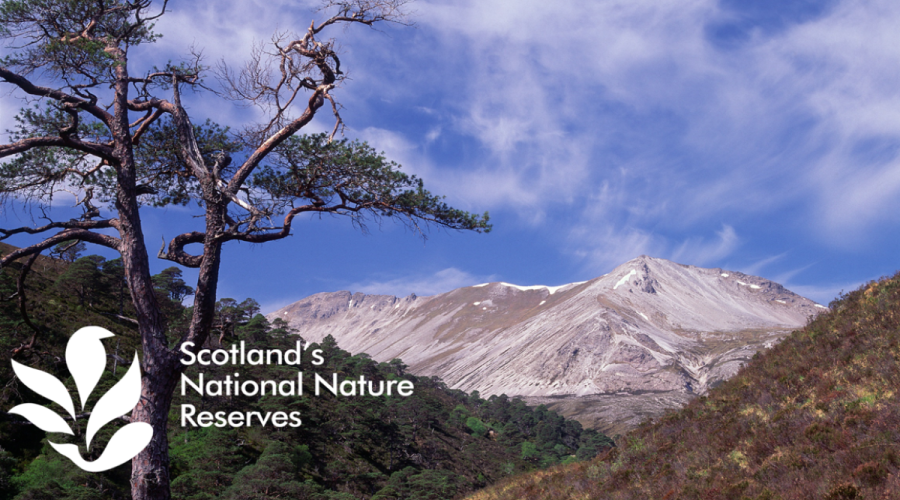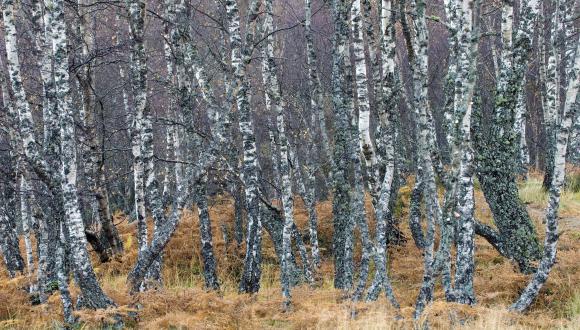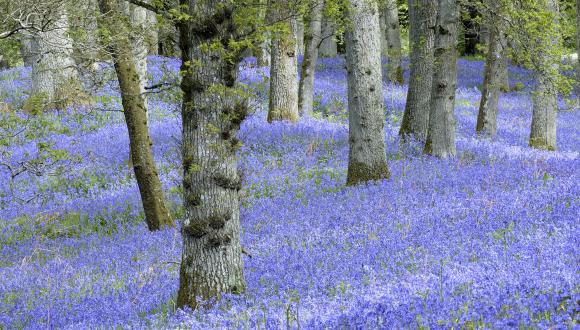
Mountains, heaths and bogs
Scotland’s mountains and moorlands, which cover about 60% of our land, form Britain’s largest remaining area of largely undeveloped wildlife habitat.
Our mountains and moorlands – including the pinks and purples of heather-rich heathland – are part of what makes Scotland so special. Plants and animals that live here are adapted to cope with the cool, windy climate and extremes of wet and dry.
Scotland is the European stronghold for upland heath, which is widespread across our hills. Upland heathland occurs in the area above the limit of enclosed agricultural land and below the montane zone at around 600m. Much of this very important habitat is maintained through human intervention and covers up to 31% of our land area.
Blanket bog is one of Scotland’s most common semi-natural habitats, covering some 1.8 million hectares – 23% of our land area. Scotland holds a significant amount of the European and world resource of this globally rare type of peatland.
Upland grassland typically boasts a diversity of species. Often very herb-rich, it supports many wild flowers and native grasses. Upland grassland occurs above the limit of enclosed agricultural land, and can be found right down to sea level in the north-west of Scotland.
Mountain heath and willow scrub are among Scotland’s most natural habitats. Though the windswept open landscape above the treeline looks inhospitable, these habitats support a surprising diversity of species, from blaeberry and heather to dotterel and ptarmigan.
Inland rock is an important part of any mountainside, as the sharp ledges, scree and rocky slopes support a wide diversity of species. Often quite limited in extent and sometimes fragmented, this habitat mostly occurs at high altitude.





